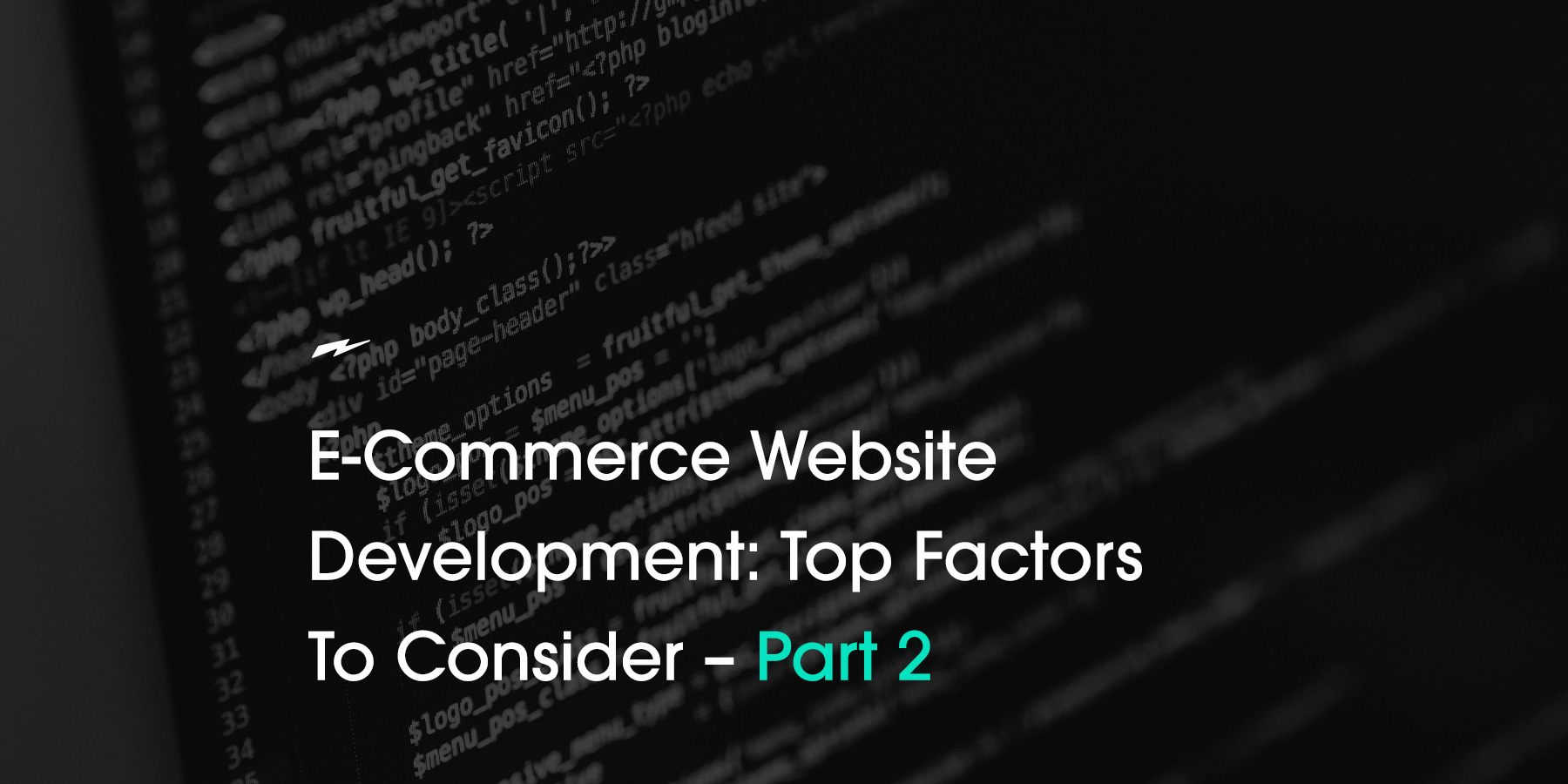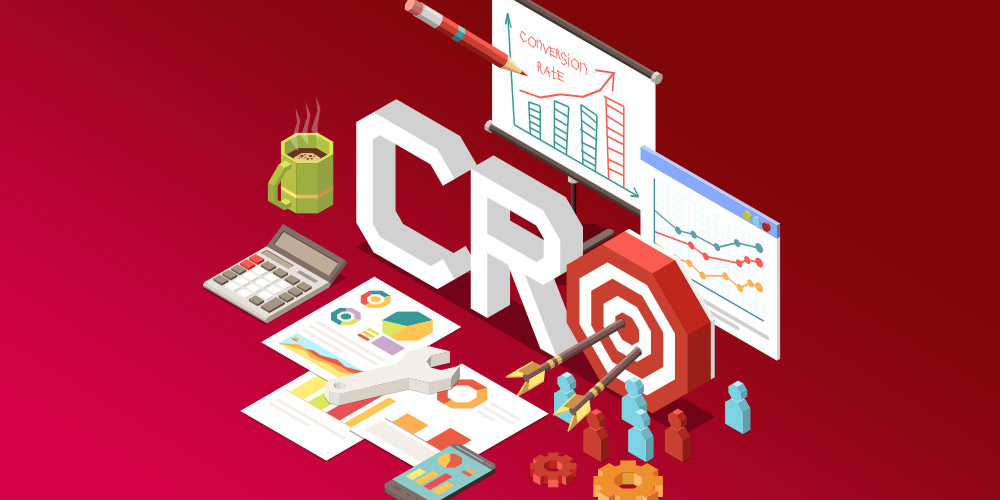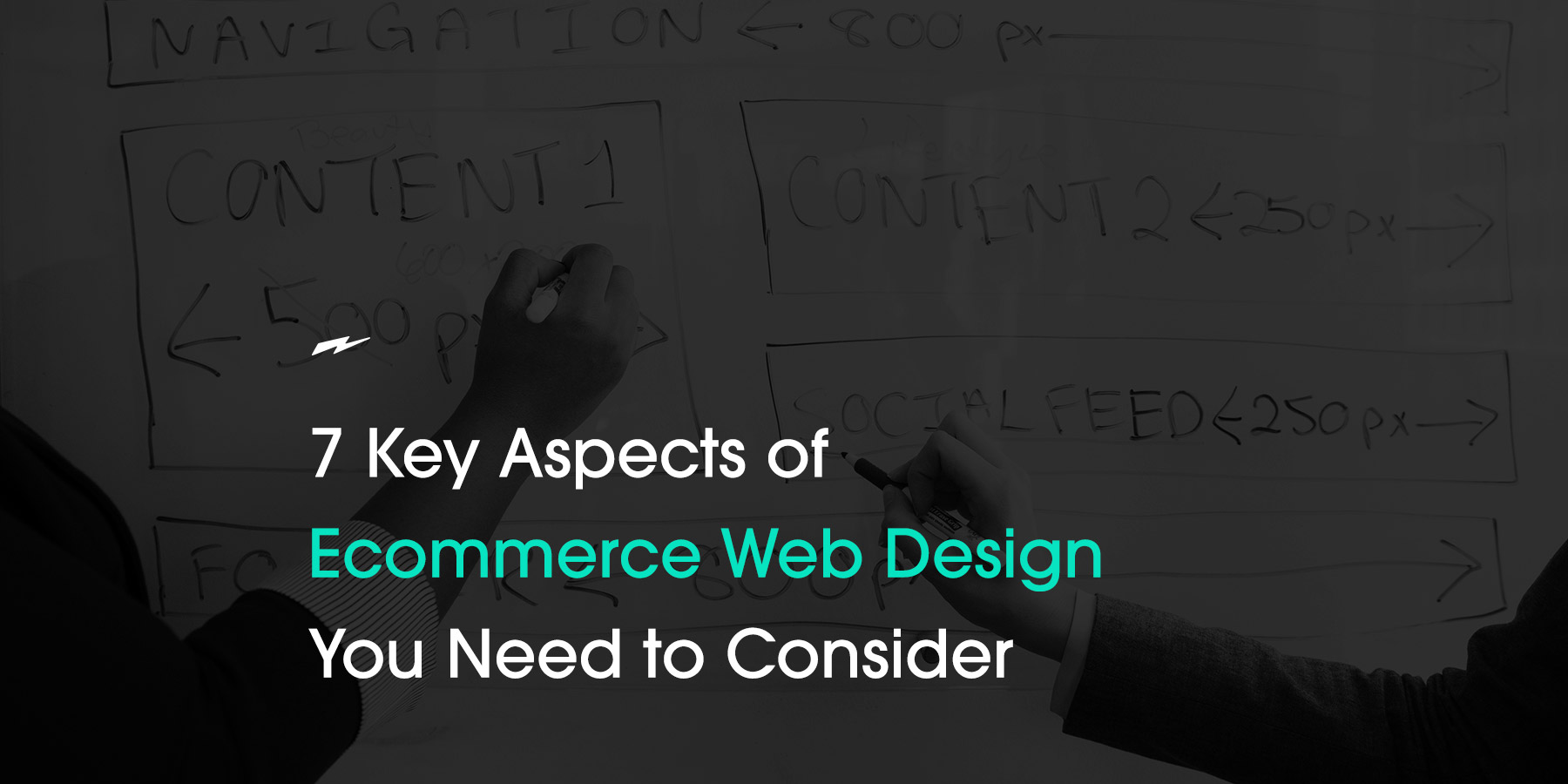E-commerce website development is a complex and challenging process that requires a great deal of planning and experience. It involves creating a user-friendly, secure website and optimised search engine rankings.
As an e-commerce business owner, you must consider several factors when designing and developing your website, so your e-commerce website design meets your customers’ needs. Here are the following factors you must keep in mind:
Shipping Rates
As an entrepreneur, you know that pricing is a critical factor in the success of your business. You spend a lot of time researching the cost of materials, labour, and overhead, and then you set competitive and profitable prices. But there’s one cost that many entrepreneurs overlook: shipping rates.
Most entrepreneurs need to mention shipping rates in their e-commerce website design, as this component can significantly affect the overall cost of their products. Remember, shipping rates can be based on the weight and size of the package, the distance of the shipment and the chosen delivery method. Always include these details in your e-commerce web design so your customers know how much they’re paying.
Mobile Functionality
With the constant development of technology, businesses must keep up with the trend. Mobile functionality is becoming increasingly important as more people use their phones and tablets to shop online.
When designing your e-commerce website, make sure that you include a mobile-friendly design. Your website should look great and be easy to use on any tool, from a computer to a mobile phone. Consider adding features such as click-to-call, click-to-email, and mobile payment options.
CMS Integration
CMS pertains to Content Management System, a platform where you can create, edit and publish content on the web. When you’re planning to incorporate CMS strategies for your e-commerce website design, always ensure that the platform is easy to use and intuitive. This will ensure that your website visitors can quickly and easily find the information they need quickly and easily.
Furthermore, the CMS should also be able to integrate with other third-party applications, such as payment gateways, social media, and analytics tools. After all, your site needs to be able to handle every aspect of your e-commerce business.
Good Shopping Cart Design
Of course, an e-commerce site is incomplete without a shopping cart. If you don’t know, your website’s shopping cart is the virtual cart where customers can put all their items before checking out. This is why it’s important to design your shopping cart with usability in mind.
The design should be simple, straightforward, and easy to understand. It should also allow customers to add, delete, or modify items in their cart. Moreover, it should allow customers to easily check out, view their order history, and track their orders.
Finally, the shopping cart should integrate with other third-party applications, such as payment gateways, shipping services, loyalty programs, and more. This will ensure that customers have a smooth and seamless experience when buying from your e-commerce website.
Final Thoughts
Developing an e-commerce website involves a lot of factors, from designing the user experience to determining the payment gateway. Additionally, it is important to assess customer service, security, and other factors when building an e-commerce website. Considering all of these factors, you can create a website that is both user-friendly and secure and will help you maximise your online sales.
Lethal is an agency that offers comprehensive and efficient e-commerce website design solutions that help you create a website that is both user-friendly and secure. We use the latest technologies to ensure that your customers have a smooth and seamless experience when buying from your website. Contact us today to learn more about how we can help you create the perfect e-commerce website.





